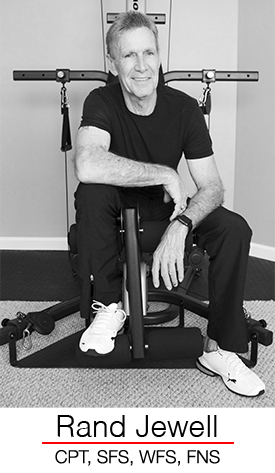Poor time management is a real deal breaker no matter what you are trying to accomplish. To be honest, with over 40 years in the corporate environment, it is one of my "pet peeves". Don't get me wrong, I understand the constant push and pull of today's demanding lifestyle. It's truly a juggling act everyday and prioritizing is a must, and usually that scheduled workout or trip to the gym falls to the bottom of the list. It's easy to rationalize your decision to miss that workout, based on the fact that you just ran out of time. However, that cancelled workout is actually a casualty of poor planning.
Here's what I mean. This goes right back to my second post on the most common road blocks to your fitness goals "No Plan or Accountability". Time Management will always be a challenge. This is exactly why your fitness activity plan should include flexible alternatives or, if you will, a plan B and maybe even a plan C.
Let's take a look at a few examples:
1. It's been a stressful day and I need the time to unwind.
This is all about accountability and the level of importance you place on your overall health. It has been proven that exercise is one of your better stress relievers.
2. I had to work late today and by the time I go home eat, change, and go to the gym. It will be too late.
You just need to be prepared. Keep a packed gym bag with workout clothes, water, and a nutritional snack in your car at all times so you can go straight to the gym. This way you keep the momentum from your workday, increase your energy levels, and earn that sense of accomplishment.
3. Something came up and I won't have time to go to the gym and complete my workout. So, I'll just cancel today.
Again, you just need to be prepared. You can design shorter workouts that you can sprinkle throughout the day to address that unexpected interruption. These shorter workouts are effective and will keep you in touch with your fitness goals. For example:
- Squats - 30 Seconds (Lower Body)
- Jumping Jacks or Jump Rope - 30 Seconds (Cardio)
- Push Ups - 30 Seconds (Upper Body)
- Planks - 30 Seconds (Core)
For additional suggestions and insight:
1. No Plan or Accountability
2. Fitting in your workouts
3. Don't let your New Year's resolution become a casualty
Until next time, enjoy your workouts


















